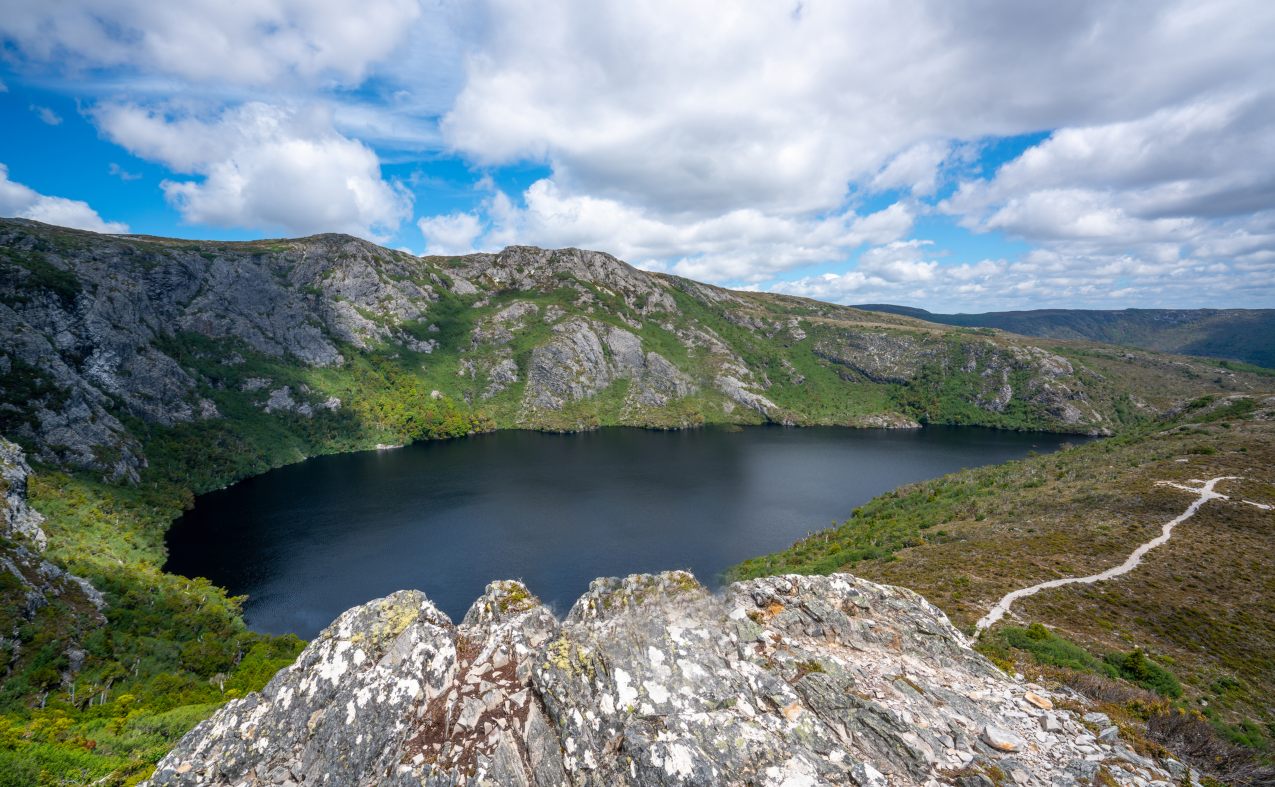Not sure where to go in Tasmania? You have heard it’s gorgeous and a must see in Australia but beyond that you are really not sure. It’s good to have a lay of the land before you plan, so let’s dig in so you can start building your itinerary; allow at least 2 weeks if you can. I am sure you will wish you had more time to explore Tasmania by the time we are done.
This page may contain affiliate links. Read our full disclosure policy for more information.
Where to go in Tasmania
Did you know – Almost the same size as Ireland or Sri Lanka, Tasmania is compact but bursting with things to see and do!
Hobart
Tasmania’s capital and largest city, Hobart, is home to just under 250,000 people, more than half the state’s population. Hobart is the perfect size city for a long weekend getaway, but it is also an excellent base for exploring both the south and east coast.
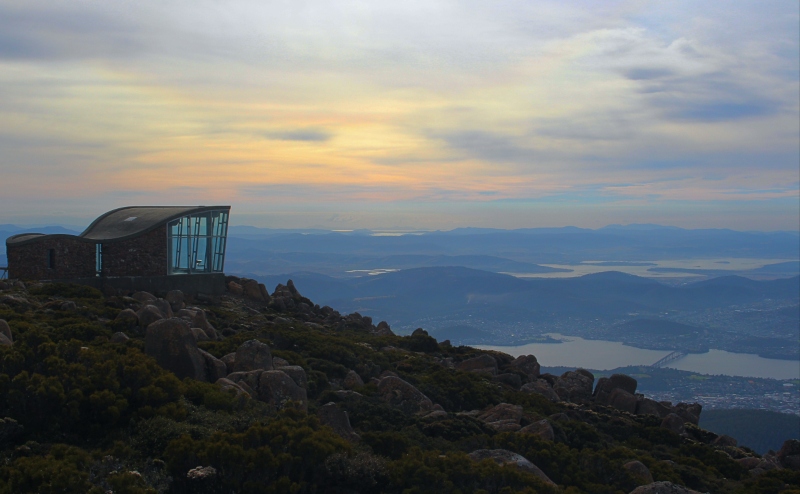
Things to see on a visit to Hobart:
- Cascade Brewery – the oldest operating brewery in Australia offers daily tours and tastings
- Cascades Female Factory – an excellent living history performance
- Salamanca Market – held on Saturdays on the waterfront, the highlight of the week.
- Mona (Museum of Old and New Art) – innovative collection in a picturesque location
- Mount Wellington / kunanyi – fantastic views over the region from its highest point
Local tip: Try to plan your itinerary so you are in Hobart on a Saturday to check out the weekly Salamanca Market.
Huon Valley & Bruny Island (aka the South)
The south of Tasmania offers fantastic food experiences, deserted beaches and the Huon Valley’s cider country.

Highlights of the south include:
- Bruny Island – join a tour or head over on the car ferry and spend a day to two exploring the island and its produce.
- Huon Valley – wine and cider country with stunning ancient forests
- The Tasman Peninsula and Port Arthur – Australia’s convict history and harsh coastal landscape
- South Cape Bay walk – the southernmost walk in Australia and easily done in one day
- Hastings Caves & Thermal Springs – The largest dolomite cave in Australia open to the public
Local tip: Southern Tasmania is a hiking paradise. Check out these 35 walks for starters.
The East Coast
So far, this is our favourite part of Tasmania, we are coast lovers, and this is one very spectacular coastline; add to that five National Parks, and you have plenty to keep you busy. While it’s a perfect spot to visit at any time of the year unless you can handle icy water, the swimming season is brief.
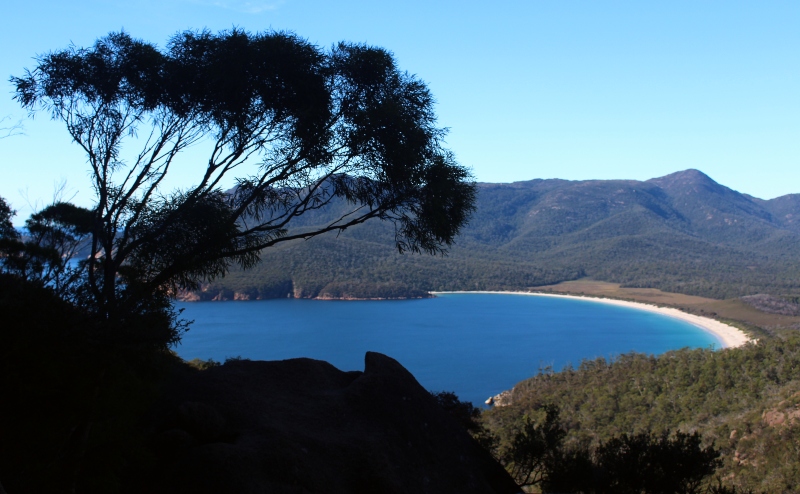
Highlights not to be missed along the East Coast include:
- Freycinet National Park – walk to the Wineglass Bay lookout
- Coles Bay – take a walk along the Friendly Beaches
- Maria Island – explore this island just off the coast
- Bay of Fires and Binalong Bay – take a close look at the pretty red-stained rocks
Local tip: Coles Bay is an excellent base for a 2-3 day stop to allow time to explore Freycinet National Park fully. We loved our stay at Hazards Escape – a fabulous little cabin in Coles Bay.
Launceston
Tasmania’s second city, pronounced Lon-ceston, is full of lovely examples of the early 19th century styles of architecture. You will also find it hard to escape a trip to Launceston without a few extra kilograms on the scales or in your luggage.

Credit: Tourism Tasmania and Rob Burnett
- Cataract Gorge – the most famous spot in town
- Boags Centre for Beer Lovers – needs no explanation 🙂
- Brickendon and Woolmers Estate – part of the Convict sites UNESCO listing
- Tamar Valley Wine Route – cool-climate classics like Chardonnay, Riesling, Sauvignon Blanc and Pinot Gris
- Ben Lomond National Park – a park full of Alpine thrills
North and North West
Other than Cradle Mountains, the North West is the road less travelled. This far corner of the state attracts hardcore hikers, fishing enthusiasts and travellers on a slow lap of the state.
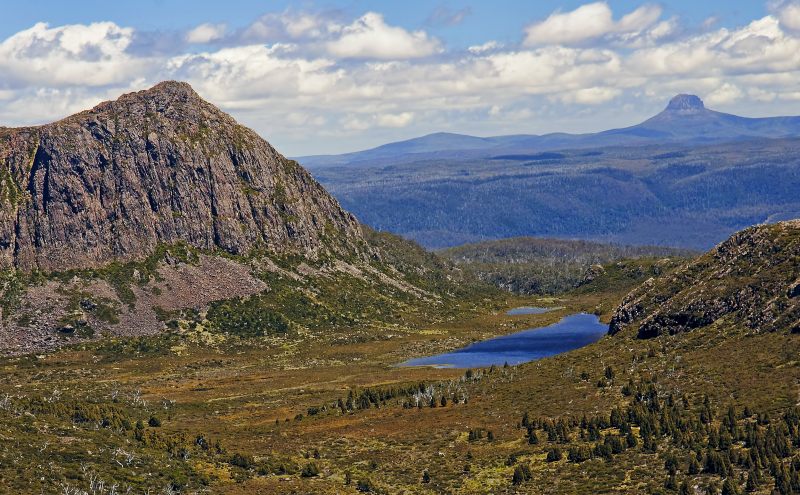
Highlights of the North and North West of Tasmania include:
- Stanley – a fishing paradise
- Tarkine Wilderness – 477,000 hectares of wilderness and the largest temperate rainforest in Australia
- Walls of Jerusalem National Park – one of the states’ most remote hiking playgrounds
- Arthur River – take a cruise along the waterways of Tasmania’s westernmost town
- Cradle Mountain – do a day walk or take the six-day Overland Track.
Local tip: Try to spend at least one night at Cradle Mountain Lodge or one of the nearby properties, local wildlife come to visit at dusk, and they are friendly.
The West Coast
The West Coast is home to Tasmania’s vast wilderness World Heritage Area, the Franklin Gordon River. People are flocking to the West Coast Wilderness Railway. The 4-hour train journey takes passengers through 35km of gorgeous rainforest.
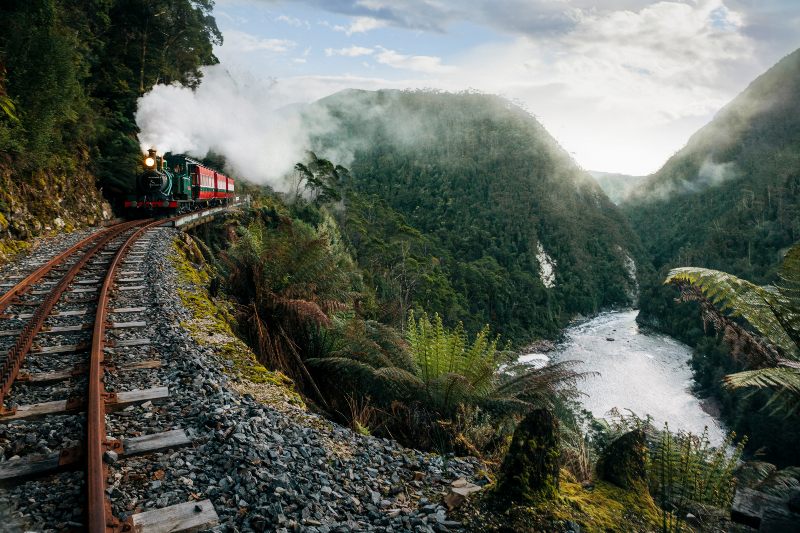
- Strahan – interesting town and the starting point of many river cruises
- Franklin Gordon River National Park – hiking, rafting and waterfalls
- Sarah Island – for a little over a decade considered the harshest convict settlement
- Queenstown – a mining pioneer town
- Montezuma Falls – the highest waterfall in Tasmania
Local tip: It’s best to avoid the west coast in winter when Strahan receives 2-3 weeks’ worth of rain per month.
Got a question? Head over to our Australia Travel Tips Facebook Group and ask a local.
Main image credit: Tourism Tasmania/Kathryn Leahy

